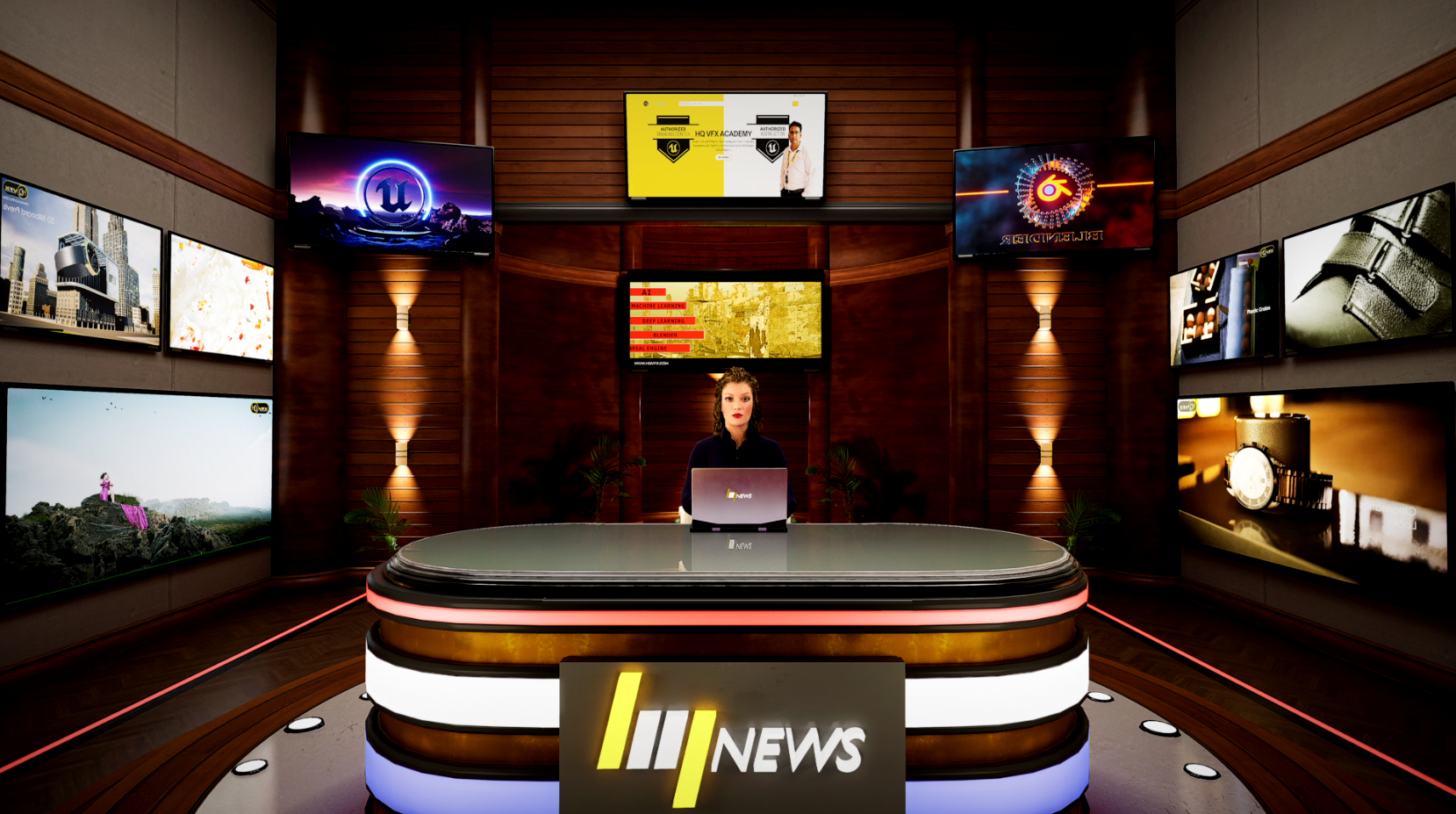Build Video Player with Python and Qt
Build Video Player with Python and Qt – Part 01
Welcome to our video tutorial series on building a video player with Python and Qt. In this first part, we’ll guide you through the process of creating a basic video player application using Python and the Qt framework.
Join us as we explore the powerful capabilities of Python and Qt and demonstrate how to build a custom video player that can play various video formats. We’ll start by setting up the development environment and importing the necessary libraries.
Learn how to create a user-friendly interface using Qt widgets, such as QLabel for displaying the video frame and QSlider for controlling the playback progress. We’ll also cover techniques for loading video files, playing and pausing the video, and adjusting the volume.
Throughout this tutorial, we’ll provide step-by-step instructions and code examples to help you understand the implementation process. By the end of this video, you’ll have a solid foundation in building a basic video player with Python and Qt.
Build Video Player with Python and Qt – Part 02
In this second part, we’ll continue our journey of creating a feature-rich video player application using Python and the Qt framework.
Join us as we dive deeper into the functionalities of our video player and explore more advanced features. In this video, we’ll focus on enhancing the user experience by implementing additional controls and options.
Learn how to implement playback controls such as seeking to a specific time, adjusting playback speed, and enabling fullscreen mode. We’ll also cover techniques for displaying video metadata, such as duration and resolution, and adding subtitle support.
Furthermore, we’ll explore how to customize the video player’s appearance using stylesheets and icons. Discover how to create a visually appealing and cohesive user interface that aligns with your studio’s branding and design preferences.
Throughout this tutorial, we’ll provide detailed explanations, code examples, and practical tips to help you build a professional-grade video player with Python and Qt.
Build Video Player with Python and Qt – Part 03
In this installment, we’ll continue our journey of creating a powerful and versatile video player application using Python and the Qt framework.
Join us as we explore more advanced features and functionalities to make our video player even more robust. In this video, we’ll focus on implementing additional playback controls and enhancing the user interface.
Learn how to add features like video looping, playback history, and creating playlists for seamless media navigation. We’ll also delve into integrating multimedia shortcuts and keyboard controls to provide a smooth user experience.
Furthermore, we’ll discuss techniques for optimizing video playback performance, handling different video formats, and managing resources efficiently. These insights will help you create a video player that performs flawlessly across various scenarios.
Throughout this tutorial, we’ll provide in-depth explanations, code examples, and practical tips to help you build a top-notch video player with Python and Qt.
If you’re interested in learning more about building a VFX pipeline or have any questions about video player development, feel free to email us at contact@hqvfx.com. Don’t forget to hit the subscribe button to stay updated with our latest tutorials and informative content.
- 853 views





